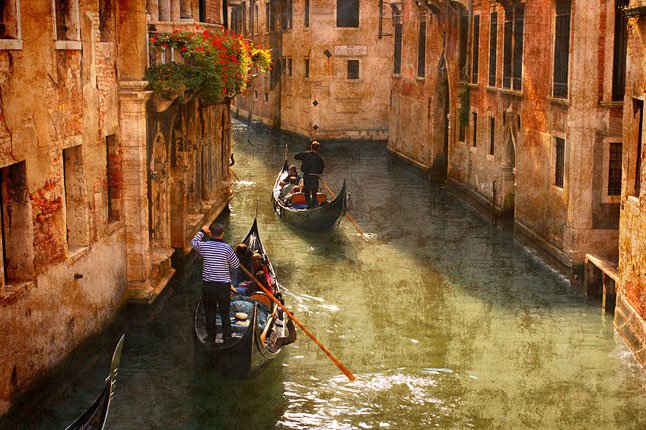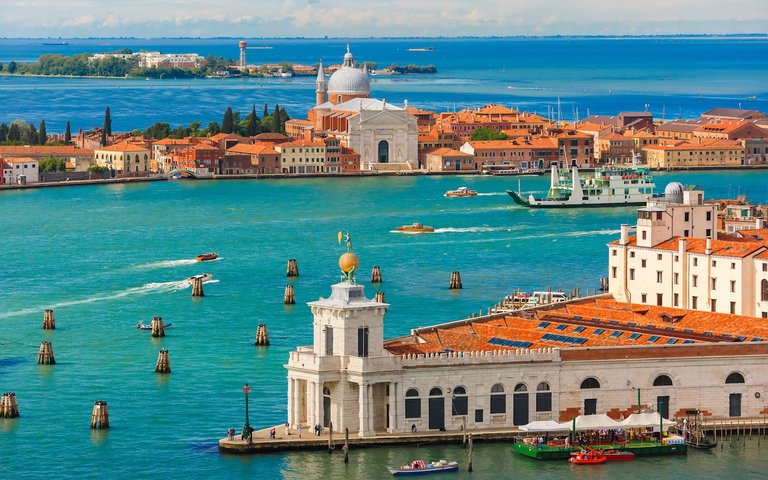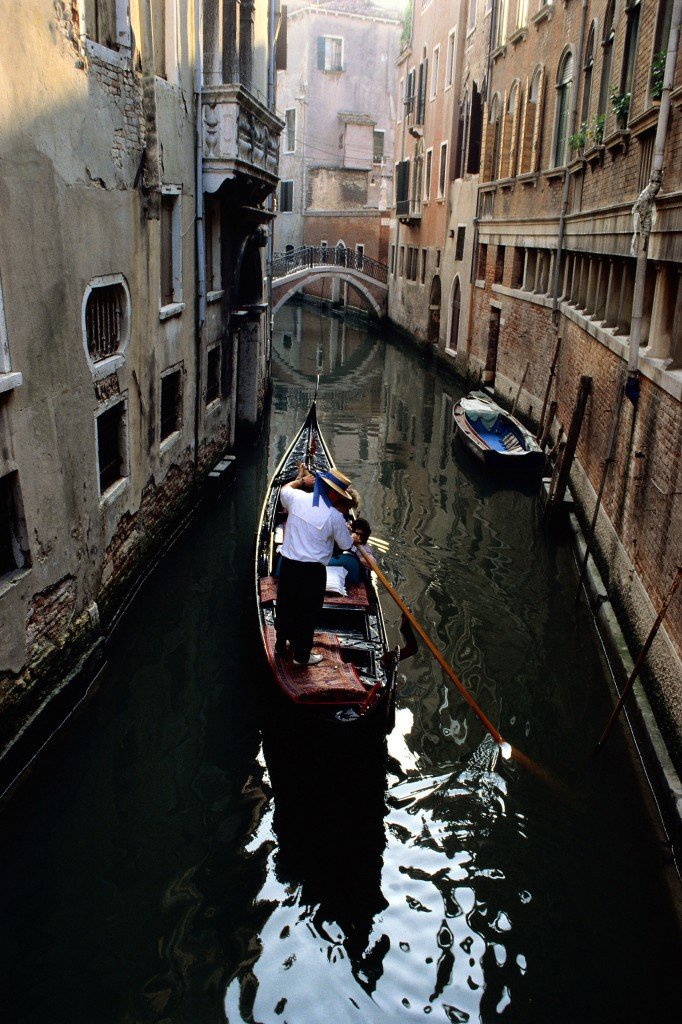
When deciding where to stay in Venice, its important to know something about the differences between its many neighborhoods. Should you stay near the main piazza, Piazza San Marco, or would you prefer to stay nearer to the train station, eliminating the otherwise long walk or water taxi ride to your hotel? Venice’s picturesque alleyways can become a confusing labyrinth, even with a good map, and wheelie bags won’t be of much help going up and down the bridges, which are comprised of steps rather than smooth ascents. In short, Venice is unlike any other city in the world, and this article will help you prepare for the tricks it has up its sleeve. Here are a few tips and hotel recommendations to help you decide where to stay in Venice

The administrative area of Venice is fairly large, covering the lagoon, islands and mainland as well as the heart of the city. This means that a hotel can have 'Venezia' in its address without being in what we consider, for historical and tourist purposes, Venice. On this page, when we talk about Venice or central Venice, this is what we mean; easiest to think of as one large island, it's a cluster of tight-packed islands separated by canals. It's divided into six sestieri or districts. There is more on these below, but first we'll give our opinion on lodging outside Venice.

If you don’t want to deal with Venice’s public transportation, I recommend staying closer to the Santa Lucia train station or Piazzale Roma. However, this will put you about a 45-minute walk from the sights. Here are a few more tips to help you choose where to stay in Venice: The island of Giudecca is home to many of Venice’s most luxurious hotels, and a ferry ride from Giudecca to Piazza San Marco takes roughly 10 minutes. Venice’s more residential neighborhoods include Dorsoduro, Cannaregio, Castello, and Santa Croce. Venice Mestre is the mainland portion of the city of Venice. Getting to Venice’s important sights from the Mestre neighborhood is very time-consuming and, therefore, not recommended for hotel accommodations. Obtain a map of the city before arriving so you can plan the route to your hotel. The tourist offices do not provide maps for free, and it is definitely worth purchasing one to help you get around. Keep your hotel’s phone number on hand in case you get lost on your way.
The Lido is an island, the narrow strip of land between Venice in its lagoon and the Adriatic Sea. It was developed as a seaside resort in the early twentieth century. Its long beach is not the nicest in the world, but it satisfies thousands of sun-worshippers every summer. Most of the beach is lined with beach huts and establishments where you pay for sunbeds. Some hotels have their own section of beach, or arrangement with one. There is also some free beach where you can turn up with your towel and lie on the ground. The atmosphere on the Lido is very different to Venice: there are leafy avenues, roads, cars and pavements. You can hire bicycles. Out of season it feels 'normal', with reasonably-priced shops and restaurants, and locals taking their children for walks. In the summer the big hotels open for the season, streams of beach-goers cross from the lagoon, and there are ice-cream shops on every corner. There are frequent ferries crossing between the Lido and Venice, so you don't feel totally cut off from the town centre. The boat takes 20 minutes to St. Mark's.

Lido hotels are generally cheaper than those in Venice, and are often used by tour companies. You need to weigh the savings and advantages against the charm of being in central Venice. We have stayed here and appreciated it, but it definitely isn't the same. The Lido is an island, the narrow strip of land between Venice in its lagoon and the Adriatic Sea. It was developed as a seaside resort in the early twentieth century. Its long beach is not the nicest in the world, but it satisfies thousands of sun-worshippers every summer. Most of the beach is lined with beach huts and establishments where you pay for sunbeds. Some hotels have their own section of beach, or arrangement with one. There is also some free beach where you can turn up with your towel and lie on the ground. The atmosphere on the Lido is very different to Venice: there are leafy avenues, roads, cars and pavements. You can hire bicycles. Out of season it feels 'normal', with reasonably-priced shops and restaurants, and locals taking their children for walks. In the summer the big hotels open for the season, streams of beach-goers cross from the lagoon, and there are ice-cream shops on every corner. There are frequent ferries crossing between the Lido and Venice, so you don't feel totally cut off from the town centre. The boat takes 20 minutes to St. Mark's.
THANK YOU FOR THE UPVOTE.....
Hi! I am a robot. I just upvoted you! I found similar content that readers might be interested in:
http://www.italyheaven.co.uk/veneto/venice/wheretostay.html